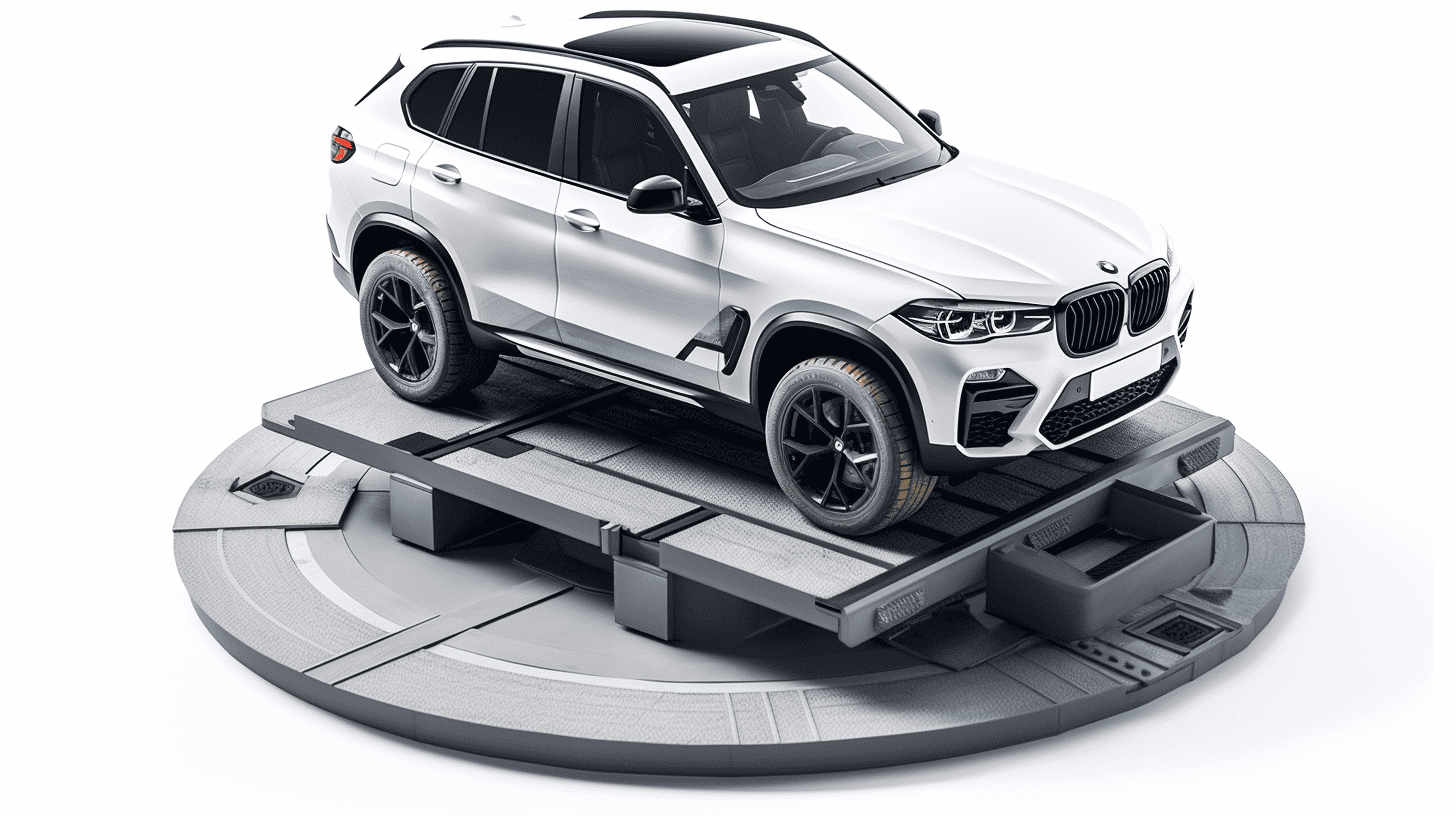They have become an essential tool for businesses to offer customized products to their customers. From simple product options to complex configurations, these tools have come a long way since their inception. Let’s take a look at the history of product configurators and how they evolved into what we see today.
The Beginning of Product Configurators: 1950s – 1970s
The concept of product configurators can be traced back to the 1950s. During this time, the automotive industry started to use them to help customers customize their vehicles. In the early days, these configurators were simple paper forms that customers filled out to specify their desired options.
In the 1970s, with the advent of computers, they started to evolve. Computer-based configurators were used to customize complex products such as airplanes and military hardware.
The Rise of the Internet: 1990s – 2000s
The rise of the internet in the 1990s brought about a significant change in them. Companies started to offer online configurators, allowing customers to customize products from the comfort of their own homes. This led to an increase in sales, as customers could easily see the final price and make decisions accordingly.
During this time, the technology used to create product configurators also advanced. Web-based configurators were developed, which allowed customers to configure products using a graphical user interface. These graphical interfaces made it easier for customers to visualize the final product and make changes to their configurations.
The Modern Era of Configurators: 2010s – Present
Today, they are more advanced than ever before. Companies are using advanced technologies such as artificial intelligence and machine learning to create more intuitive and personalized configurators.
One of the most significant advancements in product configurators is the ability to offer virtual product simulations. Customers can now see how their customized products will look and function in a virtual environment. This has made it easier for customers to make informed decisions about their configurations.
Additionally, they are now being used in industries beyond just automotive and aerospace. Companies in the furniture, clothing, and jewelry industries are now offering configurators to allow customers to personalize their products.
Conclusion
They have come a long way since their inception in the 1950s. From simple paper forms to advanced virtual product simulations, they have evolved to meet the needs of customers in various industries. With advancements in technology, we can expect to see even more advanced product configurators in the future.










